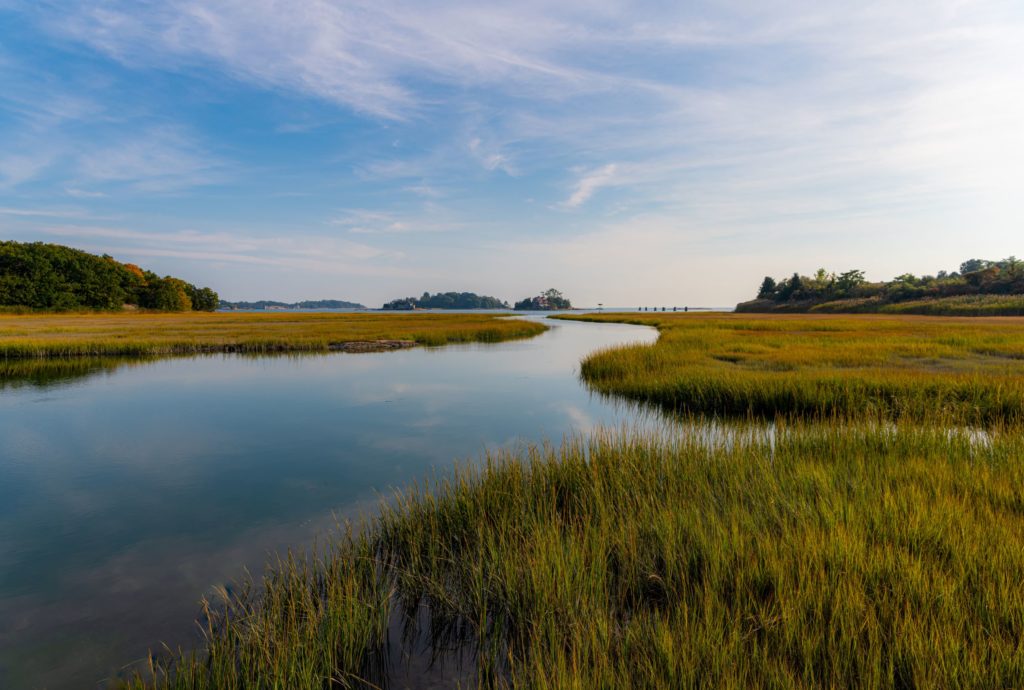By Richard Friesner
The Clean Water Act (CWA) has fundamentally altered how Americans, and the world, interact with one of our most basic parts of the environment. The definition of “Waters of the United States” (WOTUS) provides the basis for the CWA and determines the extent of federal legal jurisdiction for all the other requirements in the law. For water professionals today, the only thing constant about the definition of WOTUS is change.
The CWA’s objective is “to restore and maintain the chemical, physical, and biological integrity of the Nation’s waters.” By passing the CWA in 1972, Congress set a national goal to eliminate the discharge of pollutants into navigable waters by 1985. The U.S. Environmental Protection Agency (EPA) along with the U.S. Army Corps of Engineers (USACE) were authorized to implement the CWA by issuing permits, including those for the National Pollution Discharge Elimination System (NPDES).
Initially, USACE defined WOTUS as waters “subject to the ebb and flow of the tide,” or waters used (or that could be used) “for purposes of interstate or foreign commerce.” Enter the courts! Soon after the USACE published this definition the U.S. District Court in Washington, D.C. struck it down, determining it was too narrow. The court ruled that “Congress…asserted federal jurisdiction over the nation’s waters to the maximum extent permissible under the Commerce Clause of the Constitution” (NRDC v. Callaway, 392 F. Supp. 685, (D.D.C. 1975)) and that the definitional test of traditional navigability was too limiting.
This struggle between federal agency definitions, legal challenges, and court rulings has continued through today. Many of these challenges center on the protections in the CWA for wetlands — how they are defined and to what extent they are federally protected. Cases including the U. S. v. Riverside Bayview Homes, Inc., Solid Waste Agency of Northern Cook County v. U.S., and Rapanos v. U.S. — all of which presented challenges to federal jurisdiction over waterways — have sought to settle the definition of what is covered at the federal level by the CWA.

The 2001 Rapanos case resulted in a plurality ruling (a fractured 4-1-4 decision) at the U.S. Supreme Court, in which Justice Antonin Scalia wrote that “only those relatively permanent, standing, or continuously flowing bodies of water” that have a “continuous surface connection” to another water were included in the definition. Justice Anthony Kennedy concurred, adding a “significant nexus” test to waters that were navigable or could be reasonably considered as such. EPA and USACE issued guidance on the “significant nexus” test in 2007 but didn’t directly alter the definition of WOTUS.
Fast forward to the 2015 WOTUS rule, which expanded the definition while also categorically excluding certain water bodies. This also created a case-by-case “significant nexus” test for neighboring waters to determine if they fell within the federal purview and protections based on scientific understanding of physical, chemical, and biological characteristics.
Legal challenges to the 2015 WOTUS rule created a confusing patchwork of states where it was accepted as law in some of them and invalidated in other ones. Eventually, it was repealed and replaced in a two-step process with the 2020 WOTUS rule stemming from President Donald Trump’s executive order. This rule narrowed the definition with a set of exclusions and a focus on law over scientific understanding and sought to align more directly with Justice Scalia’s ruling.
President Joe Biden’s administration has since rescinded the previous executive order. Now, EPA and USACE are proposing a two-step process to repeal the 2020 WOTUS Rule and create a new WOTUS rule and definition.
Ultimately, these processes have left water professionals and state agencies in a constant dance of change between old and new(er) federal regulations. Many states have adopted their own sets of water and wetlands regulations and assessment methods. In some cases, the state regulations have maintained a level of protection as the federal WOTUS definition has changed. In the Northeast, the states maintain strong water and wetlands permitting and monitoring programs as they continue to work towards the ultimate goals of the CWA “to restore and maintain the chemical, physical, and biological integrity of the nation’s waters.”
NEIWPCC has played an important role over the years in supporting the states of the Northeast, as they seek to comment on proposed changes to the WOTUS definition and implement these changes into their own water or wetlands permitting programs. Through NEIWPCC’s work groups, states have been able to share and collaborate on ways to advance clean water throughout the region. NEIWPCC stands ready to continue to support the states of the Northeast over the next 50 years of the CWA as we collectively seek to protect human health and the environment.
Richard Friesner is the director of NEIWPCC’s Water Quality Programs. This article was originally published in the Spring 2022 edition of “Interstate Waters” magazine.